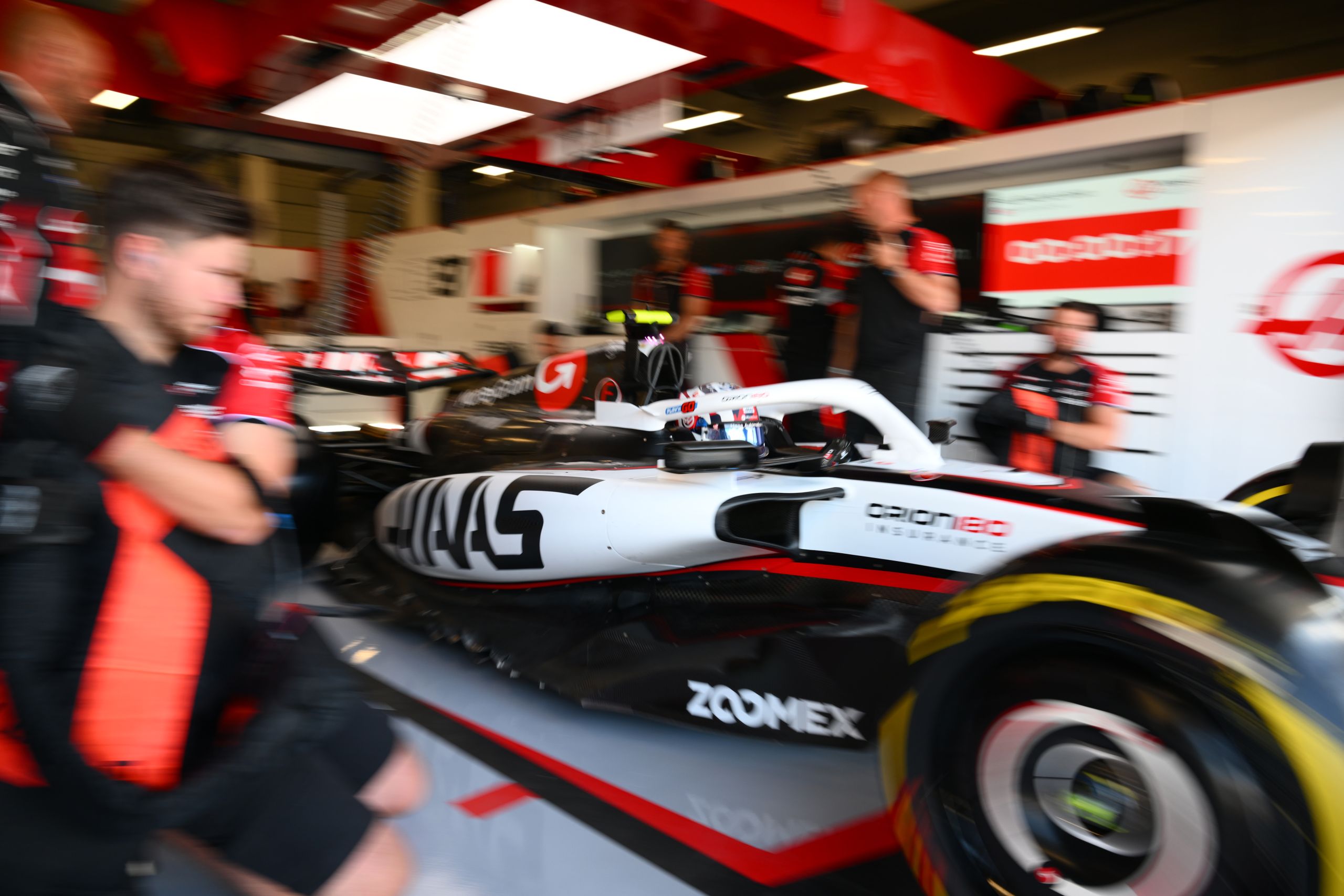2025 Japanese Grand Prix: Fast Facts
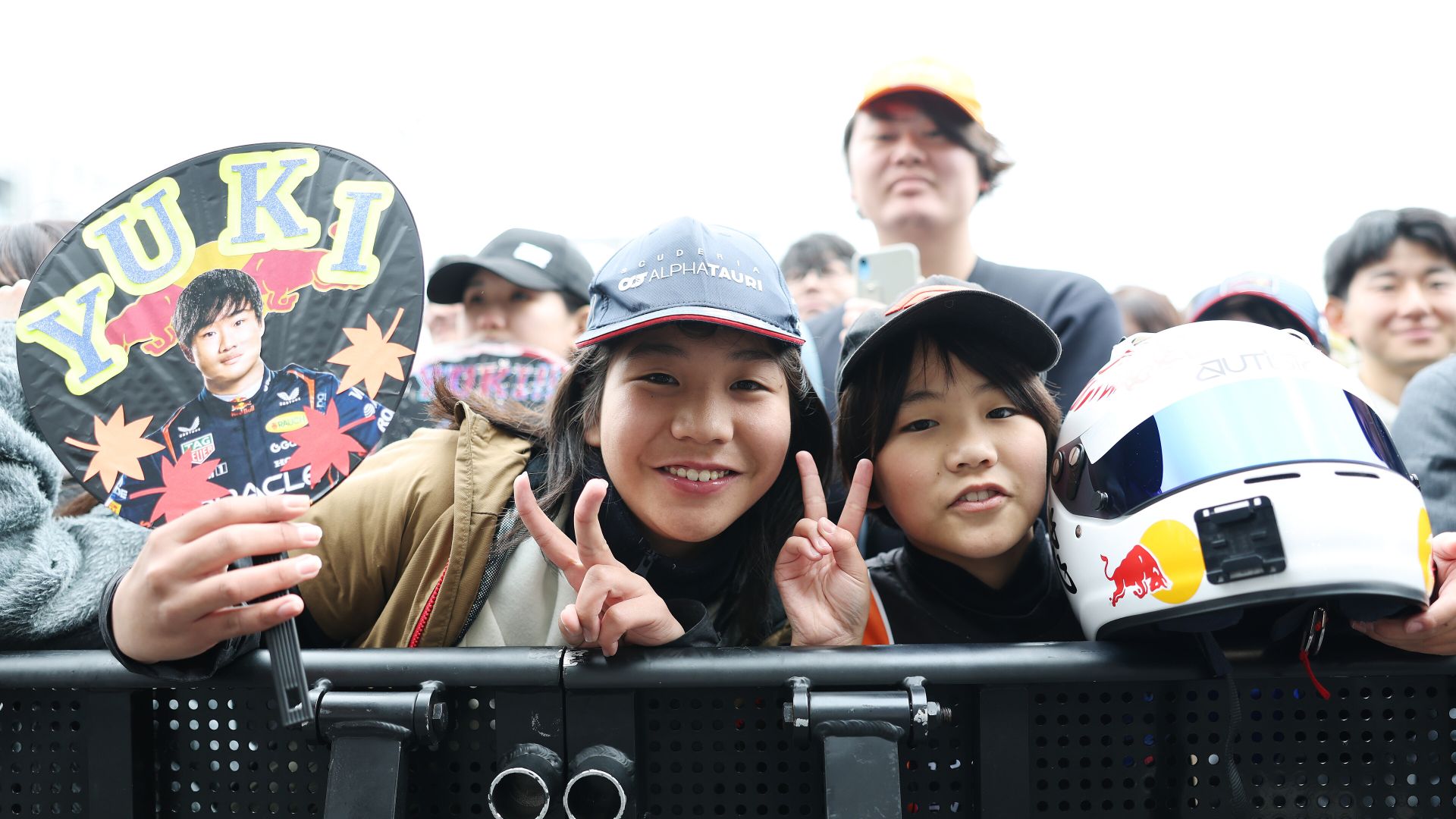
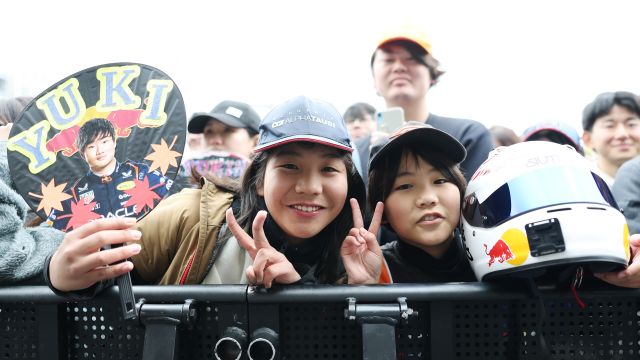
The C1, the hardest compound of the 2025 range, makes its season debut at this the third round, joined as usual by the C2 and the C3. That’s because Suzuka is one of the toughest tracks on the calendar when it comes to tyres and Pirelli has therefore always selected the hardest trio of compounds.
Something new for this year is the fact that a large part of the track has been resurfaced, from the exit of the last chicane to the end of the first sector. This is an important section, as it features medium and high speed corners, some of them long ones, such as the first two after the start-finish straight, where tyres come under a lot of stress.
Pirelli also has something new to offer this weekend. On the Suzuka podium, as was also the case in Melbourne and Shanghai, the drivers will wear a special edition Podium Cap, designed by Denis Dekovic and taking its inspiration from the culture of the Land of the Rising Sun. The cap is part of a collection produced by Pirelli Design, consisting of 14 different versions out of the 24 Grands Prix on the calendar and is on sale on a dedicated e-commerce platform (https://store.pirelli.com).
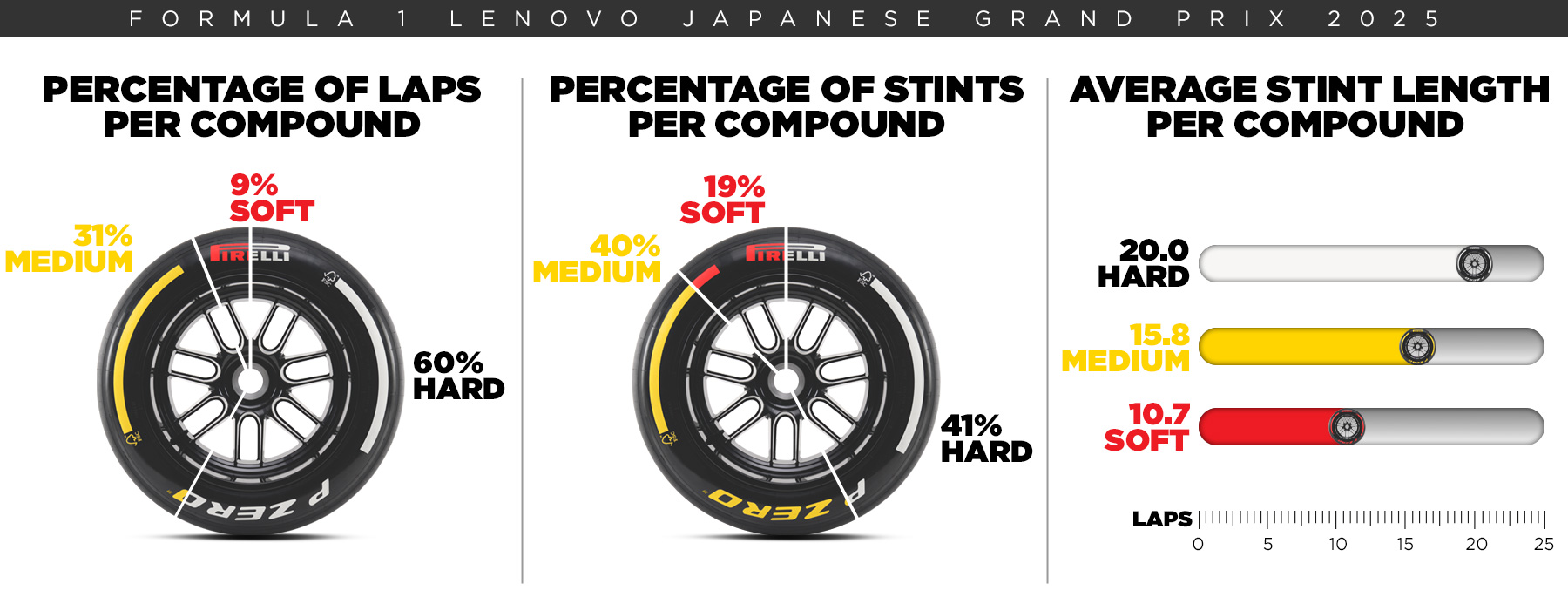
2025 Japanese Grand Prix Tyre Compounds
As already mentioned, for Suzuka, the three hardest compounds in the range will be available. It is worth noting that, of the three, the C1 is the one that most closely resembles its 2024 iteration, while the C2 especially and the C3, have undergone the most changes in terms of performance, being softer than last year. Therefore, it will be interesting to see how the teams will manage their tyre allocation over the course of the three free practice sessions as they try to establish the best-set up for their cars, with a focus on race strategy.
Pre-event simulations, carried out using data supplied by the teams, suggests that lap times will come down thanks to the combined effect of the additional grip from the new surface and the increase in performance from the 2025 cars, which is reckoned will be around the one and a half seconds mark. That figure will be checked right from Friday during the first two hours of track activity. Also based on data from the teams, the Pirelli engineers have slightly modified the required minimum start pressures across both axles, with the front coming down by a half psi from 25 to 24.5 and the rear increasing by the same amount from 23 to 23.5. As always, Friday’s data will be analysed immediately, to check the correlation between the simulation and the actual figures, before making any necessary adjustments. It will be important to check if, as was the case in China for the second round, the new track surface will have a very significant effect on performance and also how quickly the track will evolve, given that Suzuka is one of the busiest circuits on the calendar, having already hosted two major events so far this year.
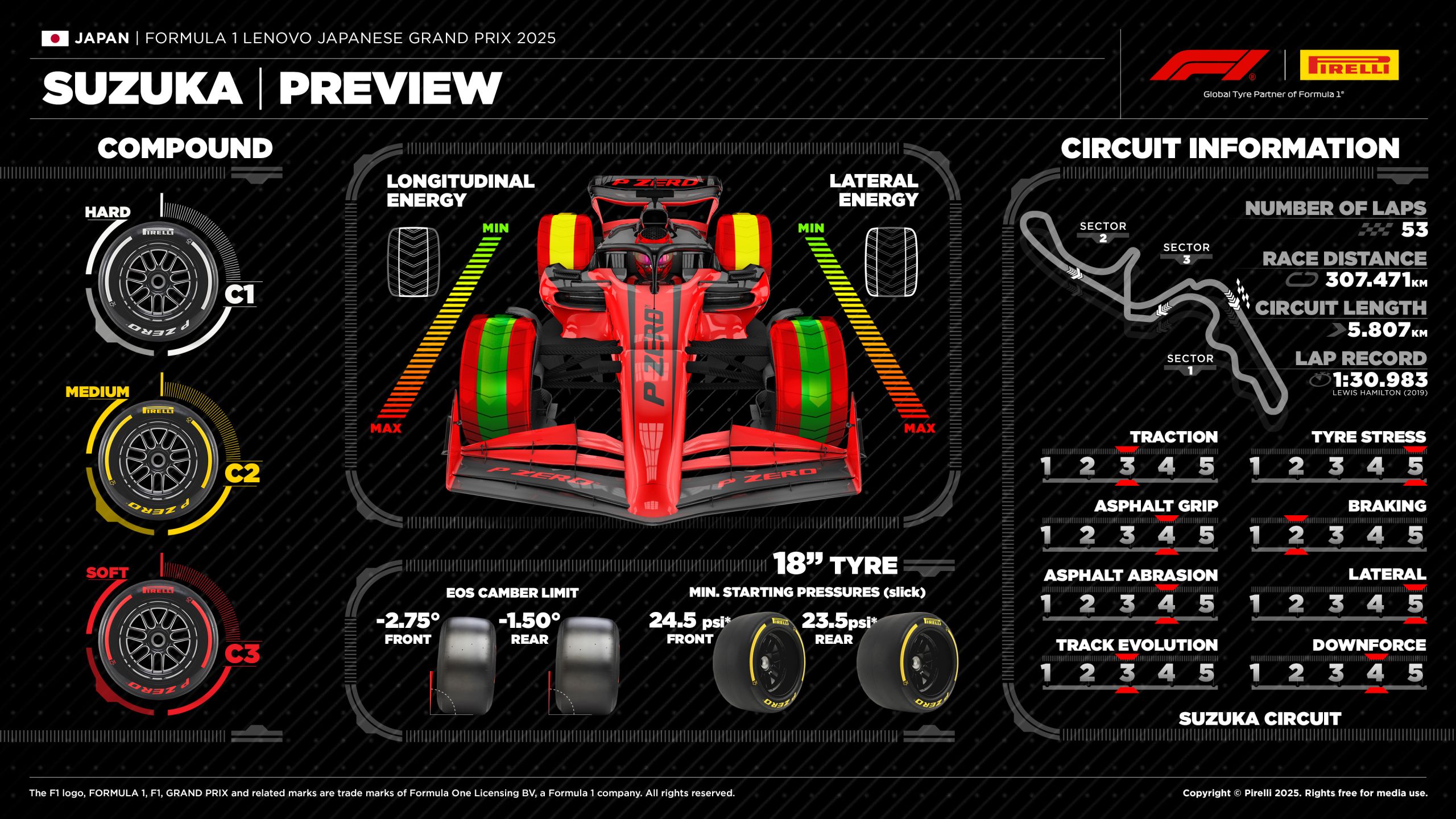
The Suzuka Circuit
The Suzuka circuit is one of the most spectacular and demanding on the calendar, as well as being the only circuit of the season with a figure-of-eight layout. Located in the Mie Prefecture, the venue is owned by Honda whose Suzuka factory, built in 1960 is one of its main sites in Japan. The track is regarded as being demanding for both car and driver. 5.807 kilometres in length, it is made up of 18 corners, some of which are part of motor racing history, such as the Esses in the first sector and the legendary 130R and it has remained pretty much unchanged over the years.
Apart from the aforementioned changes to the track surface, there are other minor modifications compared to last year, with kerbs and grass run-off areas having been changed. The most significant of these is at turn 9, where the single kerb has been replaced by a higher double kerb, while the synthetic grass on the outside of turns 2,7,9,14 and 17 has been replaced with gravel.
Suzuka is one of the most demanding tracks for tyres, especially in terms of the lateral forces to which they are subjected. On the scale used by Pirelli to rate the tracks, Suzuka, along with Barcelona, Silverstone, Spa, Zandvoort and Lusail, is a 5, the highest rating.
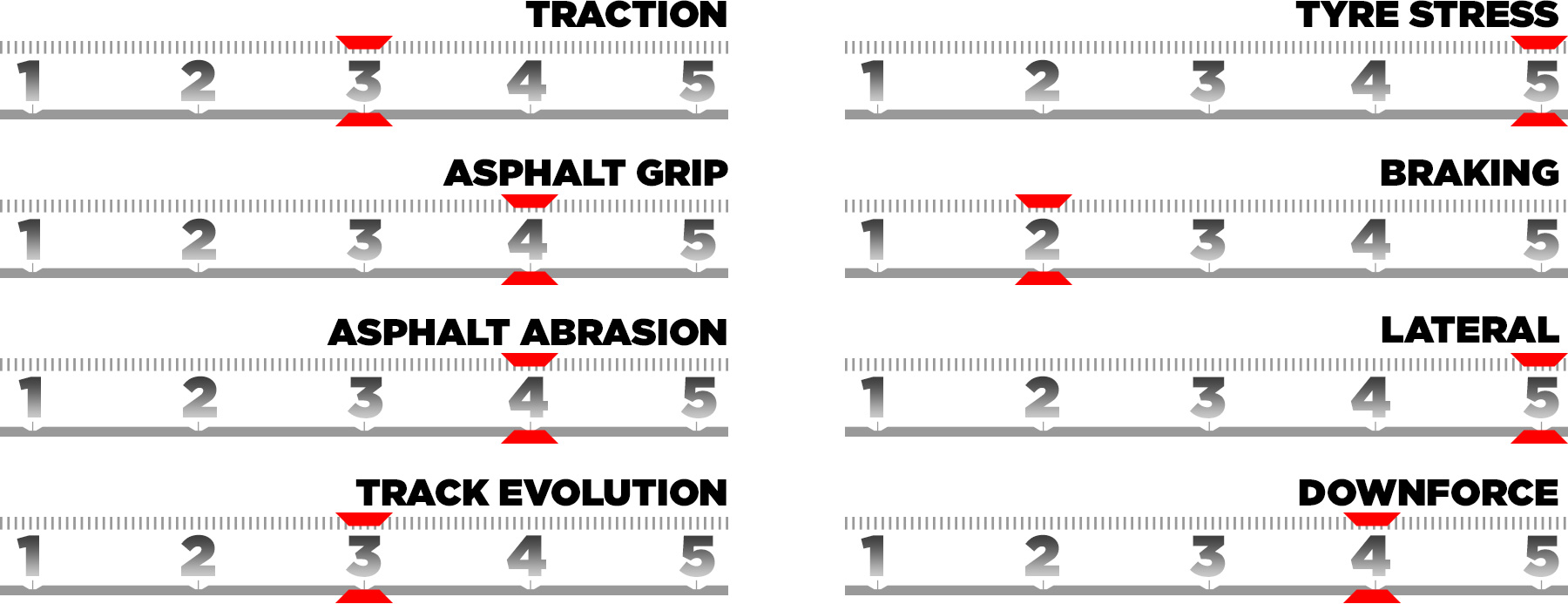
2025 Japanese Grand Prix Scheduling
The 2025 Japanese Grand Prix is set to take place from April 4th to 6th at the iconic Suzuka Circuit. The schedule is as follows:
- Friday, April 4th: · Practice 1: 11:30 – 12:30 · Practice 2: 15:00 – 16:00
- Saturday, April 5th: · Practice 3: 11:30 – 12:30 · Qualifying: 15:00 – 16:00
- Sunday, April 6th: · Race: 14:00
How to Watch the 2025 Japanese Grand Prix
Formula 1 fans around the globe can catch all the action from the Japanese Grand Prix through various broadcasters and streaming services.
In the United Kingdom, viewers can watch every session live on Sky Sports F1, with comprehensive coverage of the practice sessions, qualifying, and the race itself.
For fans in the United States, the Japanese Grand Prix will be available through ESPN and its associated channels. ESPN offers extensive coverage of F1, including live broadcasts and replays. Cord-cutters can also stream the race live through various over-the-top (OTT) services that carry ESPN channels.
Viewers in Australia can tune in to watch the Grand Prix weekend unfold live on Fox Sports, which offers complete coverage of F1 races. For online streaming, fans can subscribe to Kayo Sports, a streaming platform that includes all Fox Sports content.
Additionally, F1 TV Pro offers live streaming of every track session to viewers in many countries worldwide.
This subscription service provides access to onboard cameras, team radios, live timing, and more, for an immersive viewing experience.
Remember to check the local listings and services for the most up-to-date information regarding broadcast times and availability in your region.
Crazy Week For Yuki Tsunoda
After the disappointment of initially being looked over for the Red Bull Racing drive in 2025, Yuki Tsunoda has been promoted ahead of his home race, kicking off a crazy week for the Japanese driver.
“It’s been a bit of a crazy week! I was happy when I was told the news I would be driving for Oracle Red Bull Racing, my main emotions were excitement and motivation. I feel honoured to be driving for the Team. To make my debut for Oracle Red Bull Racing at my home race in Japan makes it even more crazy. This week is going be insane, it’s a mix of pressure for the challenge and excitement. This is a huge step for my career and what I want to achieve. The message from the Team has been to keep doing what you’re doing and perform. I need to be as close to Max as possible to try and compete for the Constructors’ title and benefit the Team strategically in every race. I am aware of the challenges the RB21 has and my job is to try to understand it and develop this car too. My first challenge is to get to grips with this car, I have driven it on the sim but my first time will be in practice, so I have to get up to speed quickly. I’ve been working with my new team in the UK over the last week to prepare as best I can and I will continue that ethic once we get to Suzuka. I will take learnings from Max and try and get the most from this weekend for the Team. My goal is to drive fast, give lots of feedback and make the car better.”
2025 Japanese Grand Prix Fast Facts
- Suzuka holds the distinction of being the only circuit we race at that is laid out in a figure-of-eight configuration.
- After the Degner Curves, the circuit passes under the straight leading to 130R. Owing to this, it’s the only F1 track that runs both clockwise and anticlockwise.
- This figure-of-eight layout is beneficial for tyre wear. It creates a more even balance between left and right-hand corners (10 being right-handers and eight to the left), distributing load more equally between tyres.
- The first corner doesn’t require any braking on entry. In Qualifying, drivers don’t hit the brakes until the car is cornering at close to 5G.
- That helps to generate some of the highest steering wheel torques of the entire season.
- The vast majority of the first sector at Suzuka is spent cornering. From Turn 1 until the exit of Turn 7, the steering wheel is moving almost continuously for nearly 2km of the lap.
- For 2025, parts of the track between Turn 1 until entry Turn 8 have been resurfaced.
- Just 1.2 km of the lap is spent driving in a straight line. Most of the 5.807 kms sees some lateral g-force going through the car.
- The lack of straights also means that Suzuka is just one of four circuits on the calendar that has a solitary DRS zone, between Turn 18 and Turn One.
- 130R is one of F1’s quickest corners, taken at 295 km/h. Turn 11 meanwhile is one of the slowest at 60 km/h.
- The braking zone for Turn 11 is particularly challenging. Drivers must hit the brakes midway through the fast Turn 10. They are cornering at close to 3.5G while turning right before the hairpin left. Lockups are therefore common.
- Suzuka has one of the highest mass sensitivities of the season. That means that carrying more fuel is more penalising in terms of lap time and performance.
- Suzuka has hosted the F1 season finale on six occasions, and up until 2022 appeared in the latter stages of the F1 calendar.
- For the past two seasons, the race has taken place in April, in the middle of the famous Japanese cherry blossom season.
- All six of Mercedes’ wins in Japan came in consecutive seasons between 2014 and 2019.
- Mercedes clinched a record-equalling sixth consecutive Constructors’ title at Suzuka in 2019.
- Max Verstappen is aiming to become the first driver to win four consecutive Japan Grand Prix’s at Suzuka. His third-straight win last year matched Michael Schumacher’s run from 2000 to 2002.
- Yuki Tsunoda makes his Oracle Red Bull Racing debut this weekend at the same venue that Verstappen made his first-ever appearance in Formula One where he took part in FP1 aged just 17 years and three days.
- Finishing 10th in Suzuka last year, Tsunoda became the first Japanese driver to score points in their home race since 2012.
- Verstappen reached 3,000 career laps led whist on his way to securing victory in Japan last season. Only three other drivers in F1 history have achieved such a feat – Lewis Hamilton, Sebastian Vettel and Schumacher.
- Suzuka has been the home to three of the Red Bull Racing team’s championship clinching performances. Max’s victories in 2022 and 2023 secured the Drivers’ Championship and the Constructors’ Championship a year later. Seb also defended his Drivers’ crown here in 2011.
From F1 news to tech, history to opinions, F1 Chronicle has a free Substack. To deliver the stories you want straight to your inbox, click here.
New to Formula 1? Check out our Glossary of F1 Terms, and our Beginners Guide to Formula 1 to fast-track your F1 knowledge.





